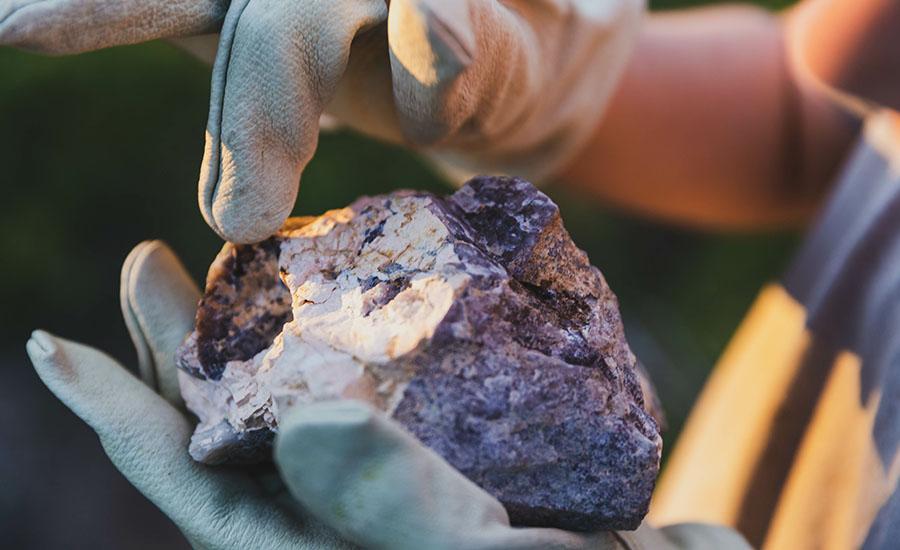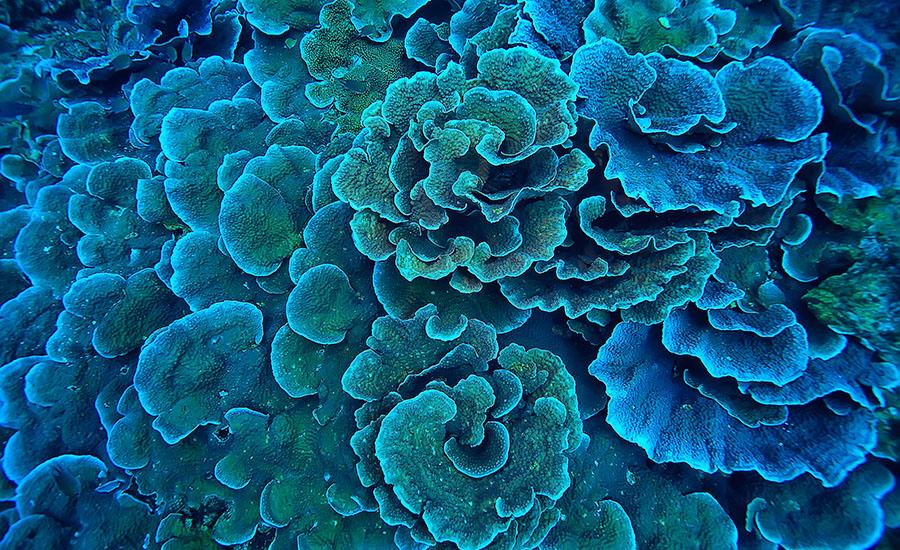
Making and Mapping a Volcano: Lava Layering
by Barbara Gosney
In this hands-on lesson, students will construct a model of a volcano and produce lava flows. They will also observe, draw, record, and interpret the history and stratification of an unknown volcano produced by the students.
This engaging lesson allows students to make the connection between the life cycle of a volcano and why they see these features on Earth and Mars.
Lesson Grade Level
4th GradeLesson Plan Link/URL
https://docs.google.com/presentation/d/1d_GKIJc5gz_2LboS2LPh_quuuztEas3f/edit?u…Subject Area
Science Earth and Space Science E1: Earth Systems Technology 3. Knowledge Constructor Engineering S2: Apply the Engineering Design Process S3: Apply Mathematics to Engineering S4: Apply Science to Engineering S6: Apply Communications to Engineering Mathematics Measurement and Data (MD) Ratio and Proportion (RP) Reasoning with Functions and Relations (RFR) English Language Arts (ELA) Reading (Informational Text) Writing Speaking & ListeningRelated Content

Grades:
6th Grade
To demonstrate their understanding of how energy is passed throughout an ecosystem and the symbiotic relationships of organisms within an ecosystem, students construct a food web marble run. This

Grades:
3rd Grade
SUMMARY: This lesson challenges 3rd grade students to apply their knowledge of the physics of light by having them design, create, and test an obstacle course that their beam of light must navigate

Grades:
6th Grade, 7th Grade, 8th Grade
In this hands-on lesson, students will consider what they think about several different closed systems. Then students will design and carry out investigations of living things to inform their closed